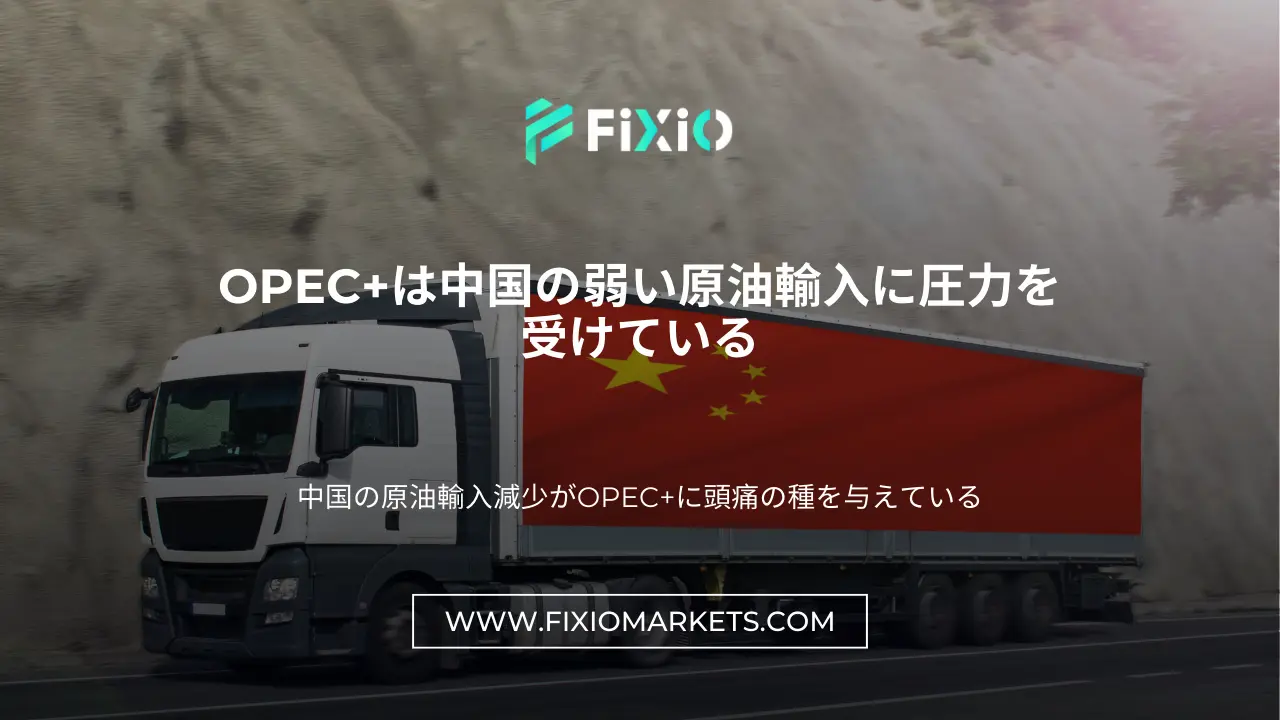
OPEC+ is facing a growing challenge. China’s weak crude imports are straining the global oil market. The world’s largest oil importer recorded a sixth consecutive month of declining crude oil arrivals. This poses a significant issue for OPEC+ as the group strives to balance supply with demand. The weak demand from China is impacting the oil market in unpredictable ways.
China has long been the world’s largest importer of crude oil. However, its import numbers have been on a downward trend. In October, China imported 44.7 million metric tons of crude, equivalent to 10.53 million barrels per day (bpd). This is a notable drop from 11.07 million bpd in September.
This decline marks the sixth consecutive month of falling imports. As a result, OPEC+ is now grappling with the consequences. The group has already reduced its forecast for China’s oil demand growth. Initially, OPEC expected growth of 760,000 bpd. Now, the forecast stands at only 580,000 bpd.
China’s reduced crude oil imports will likely have a ripple effect on global oil prices. Although the country has been increasing its domestic production, its overall demand is lagging. The oil market is driven by seaborne crude imports, and a drop in these imports is concerning for OPEC+ members.
Oil prices have been hovering between $70 and $80 per barrel in recent weeks. This price range is relatively high, considering global economic conditions. However, OPEC+ continues to maintain production cuts, which helps keep prices elevated. Despite this, it is unclear how long the group can sustain this strategy if demand from China remains weak.
In addition to weak demand from China, there are other uncertainties impacting the oil market. One of the most significant risks is the potential return of Donald Trump as U.S. president. His policies could drastically affect the global oil supply and prices.
Trump has expressed support for loosening regulations on the U.S. oil industry. This could lead to an increase in U.S. oil production, which may push oil prices down. However, with U.S. production already at record levels, it's uncertain how much more output is possible.
Furthermore, Trump’s foreign policy positions could have mixed effects on oil prices. His approach to Iran, for example, could either tighten or ease supply, depending on the outcome of future negotiations.
In conclusion, OPEC+ is facing a difficult period ahead. The combination of weak Chinese oil imports and geopolitical risks is making it harder to predict future market conditions. If China’s demand continues to decline, the group may have to reconsider its production strategies.
For now, OPEC+ will continue to monitor these developments closely. The global oil market remains in a state of flux, with many moving parts contributing to ongoing uncertainty.
For further insights on related topics, visit our Prex Blogs
China’s weak crude imports have become a significant issue for OPEC+. As the country’s demand for oil drops, OPEC
Superior trade execution & trading conditions with the NDD method.

The online FX industry provides a platform for investors worldwide to engage in the buying and selling.

Subscribe to our daily newsletter and get the best forex trading information and markets status updates
Trade within minutes!
Comment (0)